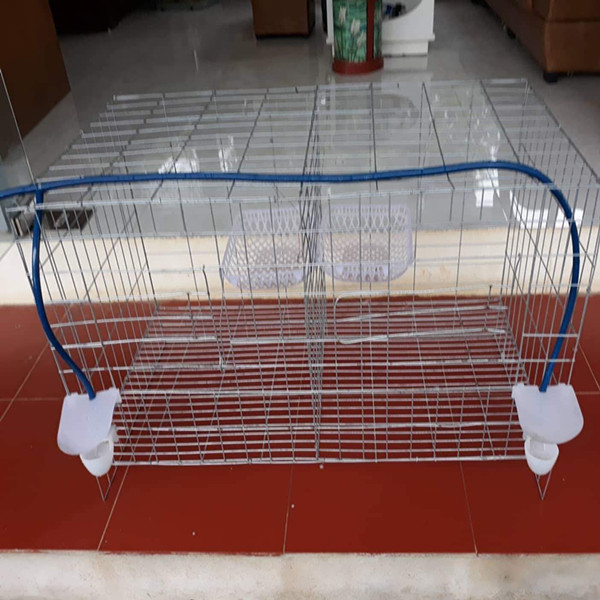Characteristics and cultivation techniques of wild leek
Wild aliases mountain leek, broadleaf leek, rock onion, etc., the lily family Allium is a perennial herb that is distributed throughout China. Wild leek is rich in many nutrients. Wild leek has a mild and warm nature, and has the functions of warming the middle and lowering the qi, nourishing the kidney and improving the yang, strengthening the stomach, refreshing the internal organs, regulating qi and reducing inverse, warming and dehumidifying, dispersing blood, removing blood stasis, and detoxifying. Suitable for impotence nocturnal emission, weak waist and knees, cold stomach, diarrhea, nausea, constipation, frequent urination, upset, hair loss, hemorrhoids, prolapse of anus, dysentery, women's dysmenorrhea and other diseases. Wild leek can be fried, soup or stuffed. The common wild leek and catfish soup is commonly used in folks. It not only tastes delicious, but also has therapeutic benefits on loss of appetite, irritability, and frequent urination, especially for the elderly with weak spleen and stomach, decreased appetite, and sluggishness. I. Characteristics Wild leek is a fibrous root system with string-like roots, shallow distribution, rhizomes, narrow cones, bulbous membranous, white. Leaves basal, strip-to-broad, 30-40 cm long, 1.5-2.5 cm wide, green, with distinct midvein, protruding on the back of the leaf. The calyx is drawn out in summer and autumn, cylindrical or slightly triangular, 20-50 cm high, with lower leaf sheaths; total bracts 2-lobed, often falling early; umbels terminal, nearly spherical, most flowers dense; pedicels slender, Nearly equal length, 8-20 mm, base without bracteoles; flowers white, flowers lanceolate to long triangle-shaped strips, inner and outer rounds of equal length, 4-7 mm long, 1-2 mm wide, apex acuminate or Unequally lobed. The fruit is capsule, obovate. Seeds black. Wild leek grows mostly in mountain forests and slopes. Like warm, humid and slightly overcast environment. Cultivation technology 1. Fertilization of wild leek: The root system is shallow and fertilized on the ground. Fertile, loose, and strong water-retaining soil should be selected. Before planting, ditch and apply enough soil or fertilized manure, 1500-2000 kg per mu. 2. Breeding wild leek with seeds or ramets. It is mainly based on branch breeding. When the plant has more than 3 tillers, it can be reproduced on a split plant basis, and generally can be carried out in spring. In other seasons, pay attention to shading and moisturizing. Cover it with a sunshade net and spray it in time. The row spacing of the planted branches was 20-30 cm × 30 cm. 3. Field management After watering, the soil is kept moist. Combined with leaching water and secondary topdressing, most of them are quick-acting nitrogen fertilizers, applying 10 kg of urea per acre each time. 4. Harvesting wild leek mainly collects young leaves. When most of the leaves of the plant grow to normal size, they should be harvested. The harvest should be timely to ensure the quality of the young leaves. It is usually harvested every 20-30 days, and the base of the blade is 1-2 cm away from the ground during harvesting. Calyx can be harvested in summer, and rhizomes can be harvested in autumn and winter. In order to maintain product quality and increase yield, rotten organic fertilizer is applied every season. The average yield is 3000-4000 kg per mu. 5. Softened cultivation Wild leek can not only harvest leek, but also softened cultivation. Generally, it is more suitable to soften cultivation with wild leek that grows 2-3 years and has a high number of tillers. When the plant grows to a strong and robust condition, soften the leek after harvesting. Non-light-transmitting materials such as bamboo tube and tile tube are commonly used for softening cultivation. Bamboo tube and tile tube are not easy to transfer heat. This method is more suitable in hot and rainy seasons in South China. Generally, there is a hole cover on the tile tube, which covers the hole during the day and shades it, and pulls the hole cover away at night to facilitate ventilation and reduce humidity and prevent decay. After 7-10 days in spring, summer and autumn, it can be harvested once in 10-15 days in winter and early spring, yielding 800-1000 kg per mu. Disclaimer: Some articles on this website are transferred from the Internet. If third party legal rights are involved, please inform this website to deal with them. phone
Metal Cage
Metal cage's other name is animal cage, and then it is including : bird cage, cat cage, rabbit cage, rabbit cage, etc.
The material of metal cage: stainless steel, thin low carbon steel, aluminum alloy. And the surface treatment : hot dipped galvanized, electro-chemical, powder coated, painted, colored zinc, can also as per customer's requirment to produce or surface treatment.
Advantages of metal cage:
beautiful and novel shape
precise manufacture
top quality materials
Metal Cage,Small Metal Cage,Heavy Duty Metal Cage,Metal Cage Material,Stainless Steel Cage,Welded Metal Cage,Animal Cage ANPING COUNTY SHANGCHEN WIREMESH PRODUCTS CO.,LTD , https://www.scwpwiremesh.com
